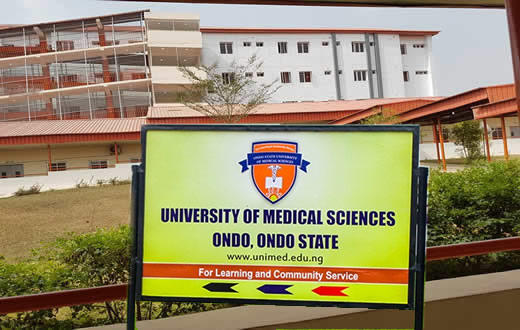
A man has been awarded monthly social security payments after a court found that his brain tumour was caused by a company-issued cellphone.Roberto Romeo was given a phone by Telecom Italia, which he used for three hours a day for 15 years in the job.
Over time, he developed a non-cancerous tumour and the loss of hearing in one ear.On Thursday, it emerged a court in the northern city of Ivrea has sided with Romeo, ordering the mobile network giant to pay him up to 7,000 euro a year (around $7,500).
It was the first trial court verdict in the world “to recognize a link between cellphone use and the development of brain tumor.” Lawyers claim one of the driving factors was the court’s refusal to accept studies that were funded by the telecom industry as evidence.
The legal reasoning behind the ruling, which was issued by a court in the northern city of Ivrea last month but only made public on Thursday, is expected to be released in the coming weeks. The employee, Roberto Romeo, used the company cellphone for three hours a day for 15 years without taking any precautions, resulting in the non-cancerous tumor and the subsequent loss of hearing in one ear.
According to the Heart and Stroke Foundation of Canada, there are about 40,000 cardiac arrests in Canada each year, and less than one in 10 people are estimated to survive a cardiac arrest that happens outside of a hospital.
Inherited forms of cardiomyopathy often cause sudden cardiac arrest death in young people under the age of 35. In ARVC, the heart tissue is replaced by fatty and fibrous tissue. This process encourages the development of cardiac arrhythmias such as tachycardia and ventricular fibrillation, which cause loss of consciousness and cardiac arrest. In the case of ventricular fibrillation, without a ready electrical defibrillation, it causes sudden death in a few minutes.
For 20 years, Mayosi followed a South African family affected by ARVC that had experienced several cases of juvenile sudden death. Excluding all genetic causes known at the time, the Italian researchers sequenced all the coding regions of the genome in two ill members of the family. The genetic mutation responsible for the disease in the family, CDH2, was narrowed down from more than 13,000 common genetic variants present in the two ill patients.
CDH2 is responsible for the production of Cadherin 2 or N-Cadherin, a key protein for normal adhesion between the cardiac cells. The gene’s discovery was validated by finding a second mutation on the same gene in another patient with ARVC from a different family. It was known from previous studies that genetically modified mice without this protein tend to have malignant ventricular arrhythmias and sudden death.
The researchers said identifying the gene is important because it helps to clarify the genetic mechanisms underlying ARVC, and it also makes the early detection of ARVC possible in otherwise unsuspecting people.
Often, the diagnostic clinical signs of the disease only become clear after many years. However, if a subject with ARVC is a carrier of a mutation on the gene CDH2, other members of his family who are genetically affected can be identified within a few weeks and preventive strategies could be started immediately. This may lead to a reduction of cases of sudden death in patients with the mutation, the researchers concluded.





